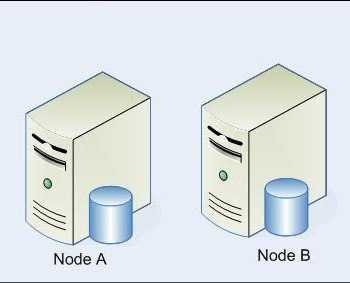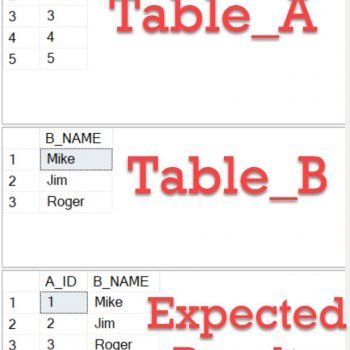Of late some of the troubleshooting scenario I am getting involved is amazing. Though some of them are complex, it gives me a unique opportunity to learn and try something new to share later with you folks. Recently I was contacted by a team who takes care of SQL installations. Since they are very new to SQL Server cluster installation and had basic questions. Let us learn more about SQL Clustering.
Question 1
I need a new instance for our SharePoint installation. We are having two nodes SQLNODE1 and SQLNODE2. Will the new instance be SQLSERVER\SHAREPOINT or is the server name going to be new as well? We already have instance called SQLSERVER\OLAP.
Answer: Given this situation, we need to use a new SQL Server network name, the new SQL Server Clustered instance, would be with a new server name, something like “new_name\SHAREPOINT”. According to your requirement, you need to install a new SQL Server cluster instance, so we need to launch the SQL Server setup file and click New SQL Server Failover Cluster installation as shown below
Then follow the wizard and choose the features what you want to install, on the Instance Configuration page, we need to specify a new SQL Server Network Name; for the Named Instance field, input “Sharepoint”.

Question 2
On a standalone SQL server, the server name does not change when a new instance is created. Is SQL clustering different in that regard?
Answer: Yes, you are right. For the standalone instance, we use the machine name as the first part of the server name of SQL Server, hence it doesn’t change, it always should be “machine_name\instance_name”. For SQL Server Cluster, we need to specify the SQL Server Network name, and by using this name, the client should follow the following tips to connect:
- If it is a default SQL Server instance (the instance name is MSSQLSERVER), then we should connect SQL Server by using the SQL Server Network Name.
- If it is a named instance (it will be other names rather than MSSQLSERVER), then we should connect to SQL Server by using naming format like this: SQL_Virtual_name\Instance_name
Question 3
I moved all the SQL resources to node B before installing the new Failover SQL Cluster. But when I do the disks, drives E and F, failover to node B as well. This makes it impossible for me to install the database files on drive E and the log files to drive F from node A. Suggestions?
Answer: For the new SQL Server cluster instance(SharePoint), we need to use different cluster drives, the cluster drives E and F for the existing SQL Server cluster(OLAP) cannot be used by other SQL Server cluster.
Some of these are common questions, but I felt these were worth sharing in their as-is format based on what they asked me.
Reference: Pinal Dave (https://blog.sqlauthority.com)





